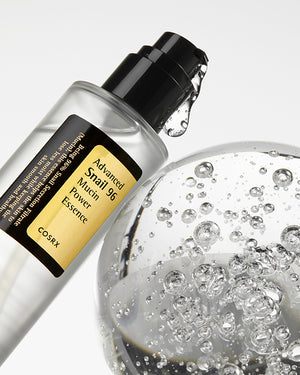The Real Reasons Behind Scalp Changes (Part I)
Why do scalp concerns occur? You’ll find the answer in what we’re about to explore. Today, let’s take a closer look at the internal factors that influence the scalp environment.
|1. Changes in the sebum - the scalp's natural protective barrier
Sebum is a natural oil continuously produced by the sebaceous glands located next to the hair follicle. It coats the scalp and hair, protecting them from external irritants and preventing moisture loss. Because sebum plays such several roles, any changes in how it is secreted can significantly affect the scalp environment.

- Changes in sebum production: The production of sebum is influenced by hormones, which means even small changes in daily life can affect how much sebum is produced. A scalp that lacks sebum easily loses moisture and becomes dry. On the other hand, excessive sebum production can easily trigger an oxidative process that has a detrimental effect on the scalp. This oxidation promotes the growth of harmful microorganisms, and oxidized sebum can harden and clog pores, leading to scalp irritation.
- Changes in sebum composition: It’s also important to consider the composition of sebum. According to our findings, problematic scalps tend to show a decrease in lipids that help maintain barrier function, while lipids that trigger inflammation tend to accumulate.
Understanding the role of sebum and maintaining its balance through proper care can help preserve the scalp’s natural protective barrier in a healthy state.
|2. Disruption of the microbial balance

A healthy scalp is home to a diverse range of microorganisms that coexist in harmony to help maintain a balanced scalp environment. However, various factors can disrupt this microbial balance, leading to noticeable changes in scalp conditions. While these changes may not be visible, they can be felt through discomfort such as itching or irritation.
One of the most well-known scalp microorganisms is Malassezia, a fungus that feeds on sebum. It breaks down sebum and leaves residue on the skin surface. When the scalp's microbial balance is disturbed, Malassezia can proliferate excessively, and its lipid residue can irritate the scalp, leading to abnormal flaking, commonly known as dandruff. Since the scalp is an area of active sebum production, it naturally provides an ideal environment for Malassezia to thrive.
However, microorganisms alone are not the sole cause of scalp issues. While they can accelerate existing problems on an already compromised scalp, their presence by itself does not cause scalp concerns. That’s why maintaining the natural microbial balance of the scalp is essential.
|3. Imbalance of essential nutrients

Scalp disorders can also be caused by either a deficiency or an excess of certain nutrients. This is because the nutrients we consume are delivered to the hair follicles through the bloodstream. It is well known that adequate nutrient intake plays an important role in hair production. Below are some key vitamins to help maintain a healthy scalp.
- Niacinamide (Vitamin B3) helps improve the scalp barrier and prevent hair follicles from aging caused by oxidative stress. It also contributes to increasing hair thickness and improving overall hair health.
- Panthenol (Vitamin B5) has long been used in hair care products for the purpose of preventing hair loss. It stimulates hair follicle cells, which can help promote hair growth.
- Biotin (Vitamin B7) helps the formation of keratin, the primary protein in hair. People with a biotin deficiency may experience thinning hair and increased hair shedding.
- Tocopherol (Vitamin E) has powerful antioxidant effects and helps eliminate lipid peroxides that can cause scalp disorders. Proper intake of Vitamin E can reduce oxidative stress on the scalp and thereby promote hair growth.
In addition to vitamins, include protein, minerals, and essential fatty acids in your diet or apply them directly to the scalp. This can help support strong, healthier hair from the inside out.
Reference
Journal of clinical and investigative dermatology, 3(2). (2015)
Annals of dermatology, 21(1), 18. (2009)
Clinics in dermatology, 28(4), 412-419. (2010)










